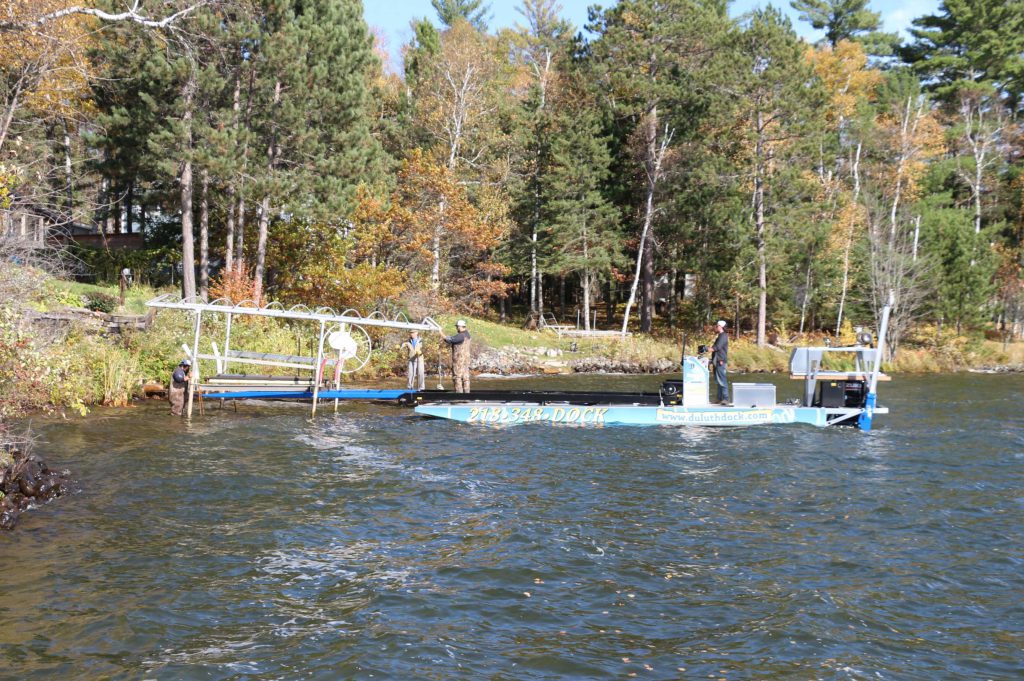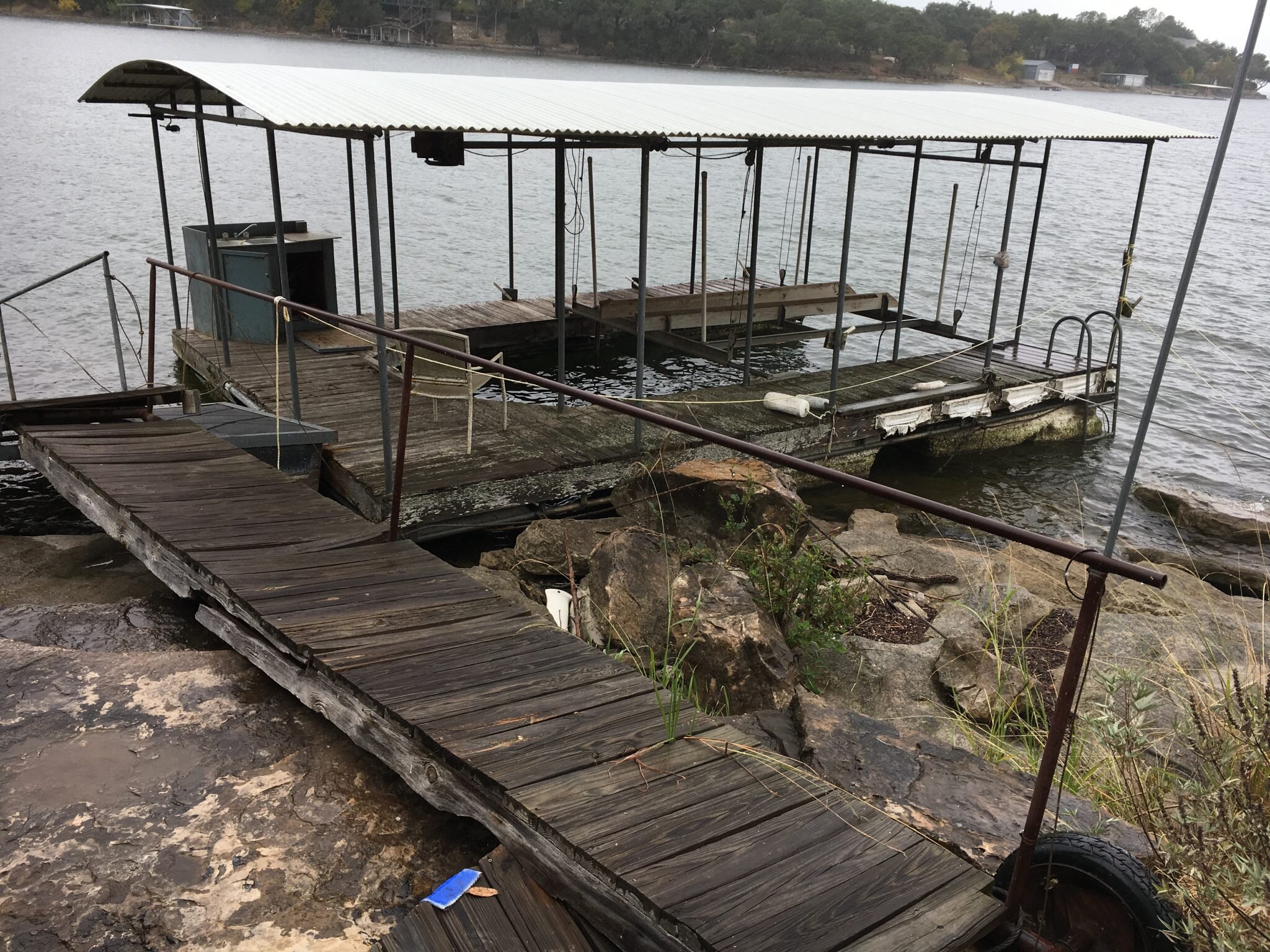Why Normal Maintenance Can Lower Future Dock Repairs
Why Normal Maintenance Can Lower Future Dock Repairs
Blog Article
Exactly How to Address Common Dock Repair Issues for Safe Water Activities

Identifying Common Dock Issues
Determining common dock issues is critical for keeping the capability and safety and security of your beachfront building. Routine examinations can aid discover issues prior to they become serious, making certain both the durability of the dock and the safety and security of those that use it. One prevalent concern is loose or rusty bolts. With time, screws, bolts, and various other fasteners can come to be loosened due to continuous direct exposure to water and climate aspects, bring about architectural instability.
One more common issue is the destruction of flotation devices. These devices are important for maintaining the dock resilient, and any type of damage or leaks can cause the dock to list or sink. Frequently looking for leaks or water logged drifts can preempt more substantial issues.
In addition, algae and barnacle accumulation on the dock's surface can develop slippery and hazardous problems. This biofouling not only postures a danger to individuals however can additionally increase the deterioration of the dock materials.
Lastly, inspecting for signs of corrosion on metal parts is important. Rust can endanger the integrity of the dock's framework, making it risky. By routinely identifying these common dock problems, you can make certain that your dock remains useful and safe and secure for several years to come.
Fixing Rotting Wood
When dealing with the issue of deteriorating timber on your dock, it is vital to act quickly to avoid further deterioration. Begin by extensively evaluating the entire framework to identify all affected locations. Make use of a screwdriver to probe the wood; if it sinks in quickly, the wood is most likely decayed and requires prompt focus.
Be certain to cut back to healthy and balanced, strong timber, guaranteeing you eliminate all jeopardized material. After removal, deal with the staying wood with a timber chemical to avoid future rot.
Following, change the gotten rid of areas with marine-grade lumber or pressure-treated wood, which are more resistant to water damage. Secure the new items with galvanized or stainless-steel fasteners to avoid corrosion. In addition, applying a water resistant sealer to the new timber can offer an added layer of defense.
Safeguarding Loosened Boards
Exactly how do you guarantee your dock continues to be practical and safe for all its users? One important element is protecting loose boards, which can or else position considerable dangers. Loose boards not just raise the threat of tripping yet can additionally compromise the architectural integrity of the entire dock.

For reinstallation, make use of galvanized or stainless steel screws, as these materials use premium resistance to corrosion in marine atmospheres. Make certain the screws are long enough to permeate deep right into the underlying support framework, yet not as long that they extend via the dock's surface. Pre-drilling pilot holes can aid prevent the timber from splitting.
Last but not least, maintain a regular examination routine Find Out More to recognize and deal with any new issues quickly. By safeguarding loose boards efficiently, you add to the overall safety and durability of your dock, making it a reputable platform for water tasks.
Maintaining Unstable Pilings
Making certain the stability of unstable pilings is vital to maintaining a secure and useful dock. Unsteady pilings can jeopardize the whole framework, posturing significant risks to individuals and potentially bring about costly repair work. The very first step in maintaining these crucial parts is an extensive evaluation. Analyze the pilings for signs of rot, damage, or changing. Make use of a level to look for vertical placement and guarantee they are driven deep enough right into the substrate to supply appropriate support.
If the pilings are discovered to be unstable, one efficient approach for reinforcement is the use of added supporting. Cross-bracing with dealt with lumber or galvanized steel can dramatically boost stability. Anchor the dental braces securely to both the pilings and the dock frame to disperse tons uniformly.

Routine upkeep and routine review of the pilings' stability are crucial to guaranteeing long-term dock safety and capability.
Replacing Rusty Equipment
Resolving unsteady pilings is just one element of maintaining a dock's honesty; one more essential problem is changing corroded hardware. Gradually, exposure to wetness and salt can result in the oxidation and deterioration of bolts, screws, and braces, compromising the whole structure's safety. Normal evaluation for corrosion is important, specifically after serious weather or seasonal adjustments.
When rustic hardware is identified, instant action is called for. Begin by picking marine-grade stainless steel or galvanized equipment, both made to withstand the rough aquatic environment. Ensure that you have the appropriate devices, visit our website such as screwdrivers and wrenches, to safely remove the old, rusty items without triggering further damages to the dock.
After eliminating the rustic equipment, completely clean the influenced areas to remove any kind of residual rust or particles. Use a rust-inhibiting primer to subjected steel surfaces before setting up the new equipment. Tighten all components firmly to prevent future helping to loosen, and periodically examine the installations to make sure continuous stability.
Replacing rusty equipment not just expands the dock's life expectancy yet additionally dramatically boosts the safety and security of water tasks. By proactively handling rust, you protect both the framework and its individuals, guaranteeing a protected and pleasurable waterside experience.
Conclusion
Routine assessments and maintenance are necessary to address typical dock repair service concerns and ensure safe water activities. Such positive actions add to the overall safety and capability of dock frameworks, promoting a safe environment for water-based tasks.
Making certain the security of water tasks pivots substantially on the appropriate upkeep and repair service of docks (Dock Repairs). These devices are important for maintaining the dock resilient, and any damages or leaks can trigger the dock to listing or sink. By routinely determining these usual dock concerns, you can make sure that your dock stays functional and safe for years to come
Guaranteeing the stability of unsteady pilings is critical to preserving a functional and risk-free dock.Routine evaluations and upkeep are essential to attend to typical dock repair work issues and make certain safe water activities.
Report this page